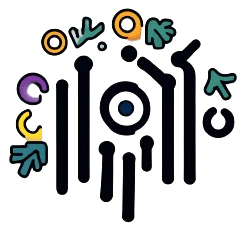| Historical Context | Originated in the classical and medieval periods, often with religious or royal patronage. | Evolved from 20th-century urban planning theories, influenced by modernism, postmodernism, and contemporary trends. |
| Artistic Techniques | Meticulous brushwork with fine detail using natural pigments on small surfaces, often involving gold leaf or other embellishments. | Utilizes digital tools, CAD software, and 3D modeling, with a focus on precision, scalability, and visual impact. |
| Cultural Significance | Deeply rooted in cultural and religious traditions, representing mythological, spiritual, and historical narratives. | Reflects societal values, sustainability, and futuristic visions, often influenced by globalization and technology. |
| Material Usage | Traditionally uses natural materials like vellum, ivory, and organic pigments. | Primarily relies on digital media, virtual reality, and sustainable materials in physical models. |
| Scale and Proportions | Typically very small, with an emphasis on intricate detail and proportional accuracy at a reduced scale. | Variable scale, often large to represent urban spaces, with a focus on accuracy, but allowing for abstraction. |
| Aesthetic Focus | Emphasizes beauty, symmetry, and harmony with a rich color palette, often symbolic. | Emphasizes functionality, user experience, and socio-environmental dynamics, sometimes minimalistic in design. |
| Purpose and Functionality | Primarily decorative, used for storytelling, commemoration, and religious devotion. | Functional, used in planning, development, and visualization of urban environments, influencing policy and design. |
| Technological Integration | Limited to traditional tools like brushes and natural pigments, with little to no technological enhancement. | Highly integrated with advanced technology including GIS, BIM, AR/VR, and parametric design software. |
| Sustainability | Utilizes natural, often non-renewable resources, with a focus on preservation of cultural heritage. | Focuses on sustainable practices, including energy efficiency, green materials, and eco-friendly urban planning. |
| Impact on Society | Provides a window into historical, cultural, and religious contexts; influences cultural identity. | Directly impacts urban living, infrastructure, environmental planning, and community development. |
| Educational Value | Offers insights into historical art forms, techniques, and cultural narratives; studied in art history and conservation. | Used as a tool for teaching urban planning, architecture, and environmental science; facilitates public participation. |
| Market and Collectibility | High value as collectible art, often preserved in museums and private collections; market driven by rarity and antiquity. | Market-driven by demand in architecture, urban planning, and real estate; value based on functionality and design innovation. |
